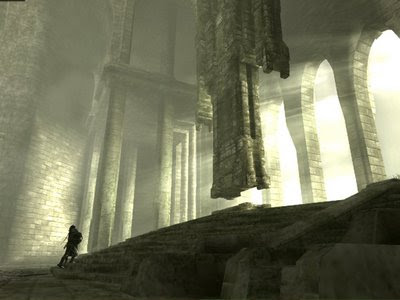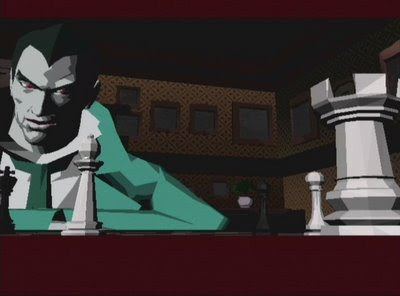
Tortoise, in their typical fashion, have chosen to go their own route with the boxset format, giving the listener a lot of material to wade through, but with precious little context or explanation. Granted, my copy of A Lazarus Taxon didn't come with the booklet for some reason, so it's possible I'm missing out. But since Tortoise's modus operandi is to be as mysterious and monolithic as possible, and thereby putting the emphasis on the music as much as possible, I suppose it's inessential.
The main thing that strikes me about this 3 CD and 1 DVD set is how little regard Tortoise have for their songs. By this I mean they don't see songs as singular, set-in-stone, precious things, but rather as small clusters of sections, melodies, textures, and concepts that combine in a certain way to make up larger albums. Given the scatter shot nature of the 3 CDs contained in A Lazarus Taxon which bring together B-sides, obscure singles, covers, remixes (both by Tortoise and of Tortoise), and other detritus, it's odd how familiar it all seems. But familiar in a good way. This is one boxset that satisfies the listener with a wealth of material but leaves you wanting more even if you're a hardcore fan who's heard their albums. Unfortunately, the DVD is a pretty big letdown because the live material isn't as revelatory as it should have been and only gives you vertical slices of Tortoise's live stuff; even the seven song set from a Toronto show in 1996 feels like a waste because of the poor video quality. The miming performance of 'Seneca' in animal costumes does finally let us know that the band have a sense of humor, but otherwise we learn nothing about Tortoise, in terms of the people behind the band, or Tortoise, in terms of the band's music, song titles, influences, etc. Even the stuff from the jazz festival, which does provide a legitimate connection to Tortoise's jazz influences, isn't as good as it sounds on paper. In the end, it's not so much “Tortoise, remixing--so to speak--their music for a jazz context” as it is “Tortoise with some jazz musicians playing slightly jazzier music than usual.” Call it a missed opportunity. Luckily, the non-DVD/non-live stuff is endlessly satisfying.
When I said just now that it was “odd how familiar it all seems”, “but in a good way”, well, we need look no further than the first two tracks of the first CD. True, they're hard-to-find songs from an obscure single or EP circa 1995, but 'Gamera' has the exact same guitar melody as 'His Second Story Island' off their first album. Similarly, 'The Source of Uncertainty' shares a section with either 'Djed' from Millions Now Living Will Never Die or 'Cliff Dweller Society' from the second CD. I'm not sure, and honestly I'm too lazy to go find out. Anyway, these obvious cases of recycling aren't a bad thing. It just demonstrates how Tortoise functions. Not to repeat myself yet again, but as I said earlier, Tortoise don't view their songs as precious things. They freely borrow ideas and sections from songs to use elsewhere, or, while recording albums, use studio equipment to rip and reorganize improvised material. This belief goes well with the interesting remixes spread across the three discs, particularly Tortoise's infamous take on Yo La Tengo's 'Autumn Sweater' and Nobukazu Takemura's remix of 'TNT.' More than anything else, the remixes of Tortoise's work reveal just how modular and malleable the band's music is. The third CD, a re-issue of a limited edition mini-album which featured different artists remixing tracks from the band's debut, pushes this point even further, becoming a companion piece to the album itself. This is the kind of thing Beck was going for with Guero and the subsequent Guerolito remix album, as well as the "do it yourself" approach to the deluxe edition of The Information.
Though the first two CDs offer much for the hardcore fan to savor, and serve as a reminder after the lukewarm It's All Around You that you still like this band, the third CD will reignite your appreciation for their first album and the band in general, offering enough of a hint of the songs you vaguely recognize as being from said debut album but completely re-configuring their DNA. This is the remix song form not as "futz with the chorus and add incessant drum beats to make this a club anthem" but as "let's completely reassemble the song from the ground up and make it something new and interesting." However, the heretofore unreleased Mike Watt remix is very dull, and more or less sounds like him playing along to the song rather than doing anything clever with it.
While I can complain that the DVD is a wash and it isn't the vault-clearing boxset it could have been, this is just nitpicking. In the end, returning to this boxset has revealed what the best boxsets do: give a fan something to spend an afternoon with. A Lazarus Taxon--despite its faults--manages to pull this off, and is a must-have for fans.































